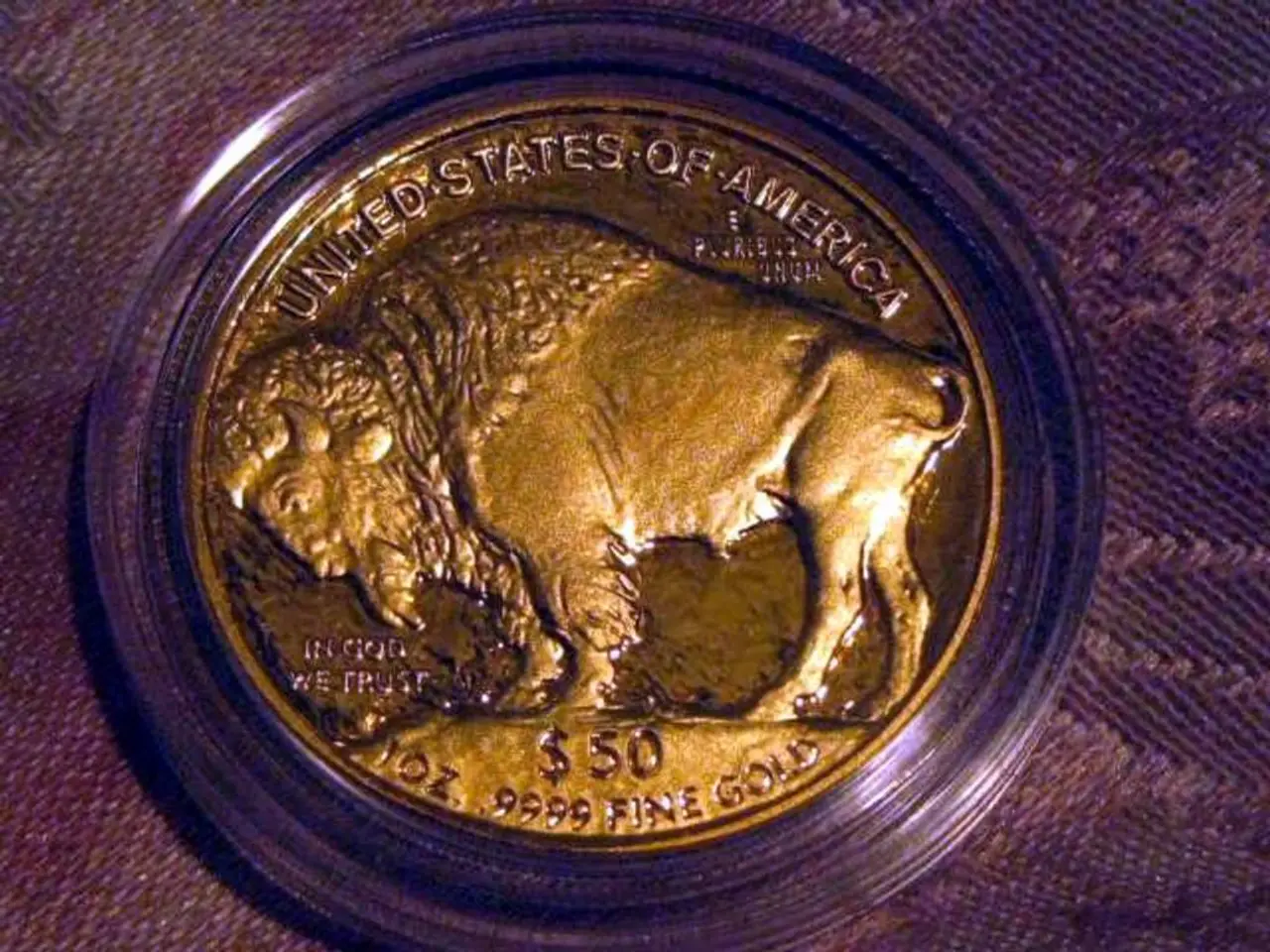Exploring Mercantilism: Crucial Principles and Legacy in History
Mercantilism, an economic practice from the 16th to 18th century, focused on increasing a nation's wealth through export surplus and controlled trade, is making a comeback in modern times. While classical mercantilism as an economic doctrine is outdated, many modern countries employ policies that have mercantilist characteristics, blending them with contemporary economic strategies.
China's Mercantilist Approach
China maintains an undervalued currency to boost its export competitiveness, keeps capital controls, and pursues large trade surpluses, which are classic mercantilist methods to support domestic manufacturing and employment. Though some debate exists over how undervalued the renminbi currently is, China's overall approach aligns with mercantilist principles.
The United States' Mercantilist Shift
During the Trump administration, the United States adopted tariffs on steel, aluminum, and other goods to protect domestic industries and prioritized reducing trade deficits, rejecting free trade agreements such as NAFTA and the Trans-Pacific Partnership. These policies emphasize self-sufficiency and trade surpluses akin to mercantilist thinking.
The EU's Balance of Protection and Openness
The European Union has introduced measures such as carbon border adjustments to protect local industries and uphold environmental goals while also shielding domestic producers, reflecting a blend of openness and protection.
Japan's Mercantilist Tendencies
Japan participates in trade deals that include protection and market access provisions, often linked with maintaining critical sectors domestically.
Other Mercantilist Features in Modern Times
Modern examples of countries employing mercantilist policies also include the use of tariffs and non-tariff barriers, strategic control over supply chains for economic security, and balancing openness with protectionism to safeguard national interests.
The Boston Tea Party in 1773 was a protest against British taxes on tea and the monopoly granted to the East India Company, a powerful mercantilist corporation. Mercantilism influenced the British colonial era, leading to trade restrictions, the expansion of the slave trade, inflation, taxation, and colonial discontent.
Mercantilism emphasized the accumulation of precious metals (gold and silver) as a measure of wealth and power. While capitalism's free trade offers more affordable goods, mercantilism limits imports and consumer choices in favor of protecting domestic industries. Mercantilist policies favored protectionism, including the use of tariffs and the prohibition of colonies from trading with other nations.
Though mercantilism has been replaced in many parts of the world by free-trade theory and capitalism, it's still seen in the tariffs imposed by governments of nations seeking a fair (or unfair) balance of trade with other nations. Today, Russia and China still use a mercantilist system because it partners so well with their forms of government.
- The crypto trading industry, in line with modern mercantilism, is increasingly adopting policies that support domestic firms through regulation, as seen with recently introduced token standards and finance laws.
- Like China and the United States, some decentralized finance (DeFi) platforms are employing token issuance and trading mechanisms that favor self-sufficiency and prioritize local businesses over global competition.
- Critics argue that the ongoing ICO market is influenced by mercantilist thinking, as companies issue tokens to raise capital and boost their revenue, while simultaneously limiting the circulation of foreign investment in favor of domestic investors.
- While the traditional finance business has moved towards free trade, some analysts claim that the rise of stablecoins and central bank digital currencies may potentially incorporate mercantilist strategies to maintain economic control and influence through currency management and trading regulations.




